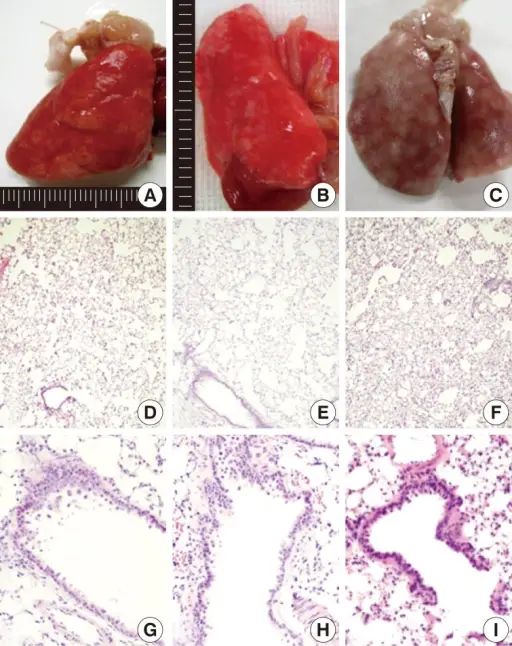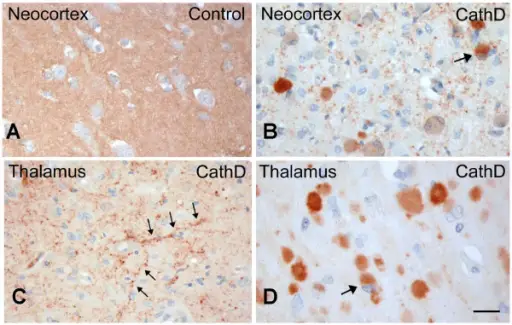What is Reversible Cell Injury?
Reversible cell injury occurs if the injured cell can restore homeostasis and return to a functional, morphologically normal state. The effects could be reversible if the hypoxia or ischemia lasts a short time. Like it is the case with myocardial…










